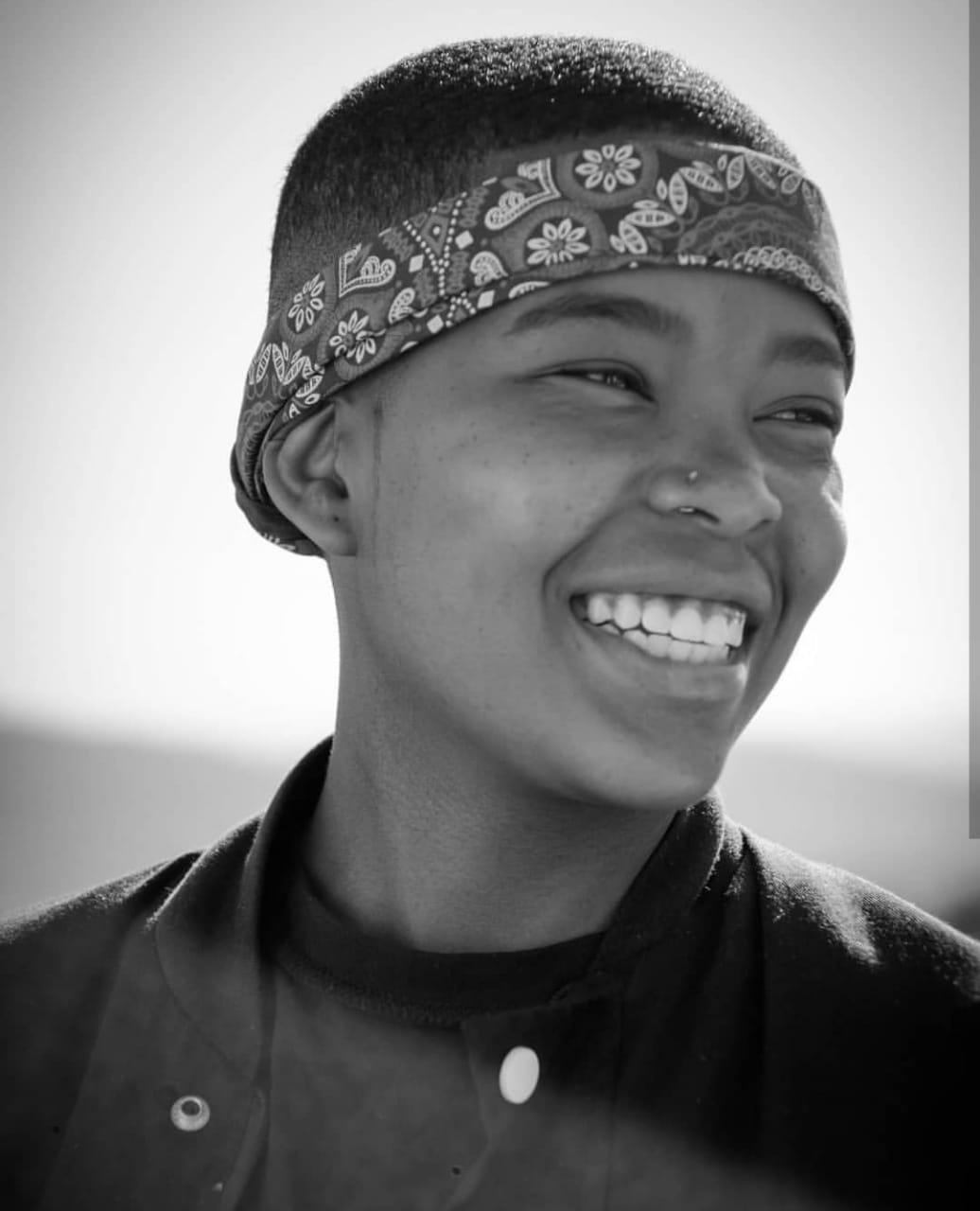Meet Buhle-Bontle X. Born and raised in Johannesburg, the 18-year-old spends most of her days going to casting calls and auditions that she hopes will lead to her becoming an actress. But on top of this, she’s also a blogger and creative entrepreneur who has turned her passion for thrifting for old clothes into a styling business called Black Lemon Creatives.
More than anything else, however, her heart is set on furthering her education.

“I want to study drama but due to lack of funding, I have to first work to raise money for my studies,” she tells Global Citizen.
Like other young people who are starting to find their place in society, money is critical to for Buhle-Bontle to achieve her goals.
“Although money is not everything, it drives everything ... We need money to access opportunities like job interviews and castings. We also need it to educate ourselves and hopefully change our lives,” she continues.
Buhle-Bontle said not having enough money causes her to lose out on other opportunities to earn money.
"Not having money prevents me from transporting myself to other potential opportunities,” she explains. She says South Africa's students and youth similarly miss out on higher education opportunities because they cannot afford tuition.
Education as a tool for development
As the late, great Nelson Mandela famously declared: “No country can really develop unless its citizens are educated.”
Education is an equaliser. It empowers individuals and transforms communities and societies by breaking down barriers created by poverty and inequality. By pursuing education, Buhle-Bontle’s hopes to conquer these challenges.
The role and influence that education has is particularly important in South Africa.
The country is still grappling with inequalities created by its past, including Bantu Education, which enforced racially separated schools and invested in education for white students — an average of R1,211 per student — more than for black students, whose education cost R146 for each learner.
This racialised spending has left a significant legacy of inequality in South Africa's public education system.
A ‘national crisis’
Access to education continues to be a challenge in South Africa, as the World Bank’s Human Capital Index (HCI) — which measures the health outcomes and attainment of knowledge and skills that enable people to be productive members of society— shows. South Africa is ranked 126 out of 157 countries on the HCI, which scored several factors that include expected years of schooling and the quality of education one receives.
Children born in South Africa today are predicted to reach just 41% of their full productivity potential as adults, significantly less than what they would be predicted to achieve if they complete their education and have full health, according to the HCI.
Though South Africa is one of the more developed countries in sub-Saharan Africa, its quality of education is lower than some of its less developed neighbours, including Malawi, Zimbabwe, and Zambia, which are ranked at number 125, 114, and 131 on the HCI.
In 2016, the Progress in International Reading Literacy (PIRLS) study found that 78% of Grade 4 students in South Africa cannot comprehend what they read, if they are able to read, in any of the 11 official languages.
In the same year, the Minister of Basic Education Angie Motshekga called South Africa’s education system a “national crisis".
Motshekga's statement followed revelations that 213,000 out of 800,000 learners failed their grade that year, and that less than half of the 1.2 million 7-year-olds who enrolled in Grade 1 in 2002 passed their final year of school.
The Teaching and Learning International Survey (TALIS), carried out in 48 countries and covered 260,000 teachers in 15,000 schools, found that only 66% of classroom time in South Africa is spent on teaching, while the average global percentage of classroom time spent on teaching is 78%.
Gateway to economic opportunities
The World Bank reports that 250 million young people worldwide are not in employment, education, or training — while 41% of Africa’s population of more than 1.1 billion people are under the age of 15.
In South Africa, young people also bear the brunt of the country’s high unemployment rate.
According to Statistics South Africa: “The burden of unemployment is concentrated amongst the youth (aged 15–34 years) as they account for 63.4% of the total number of unemployed persons.”
For Buhle-Bontle, access to quality education is important to reversing this trend and opening up opportunities for young people in South Africa.
“I feel very hopeful about the future because I've learnt that in life success doesn't chase you, you chase it,” she says.
“As long as I wake up every day and physically try and find opportunities and make connections, everything gradually gets better, and I believe I will one day achieve my dreams.”